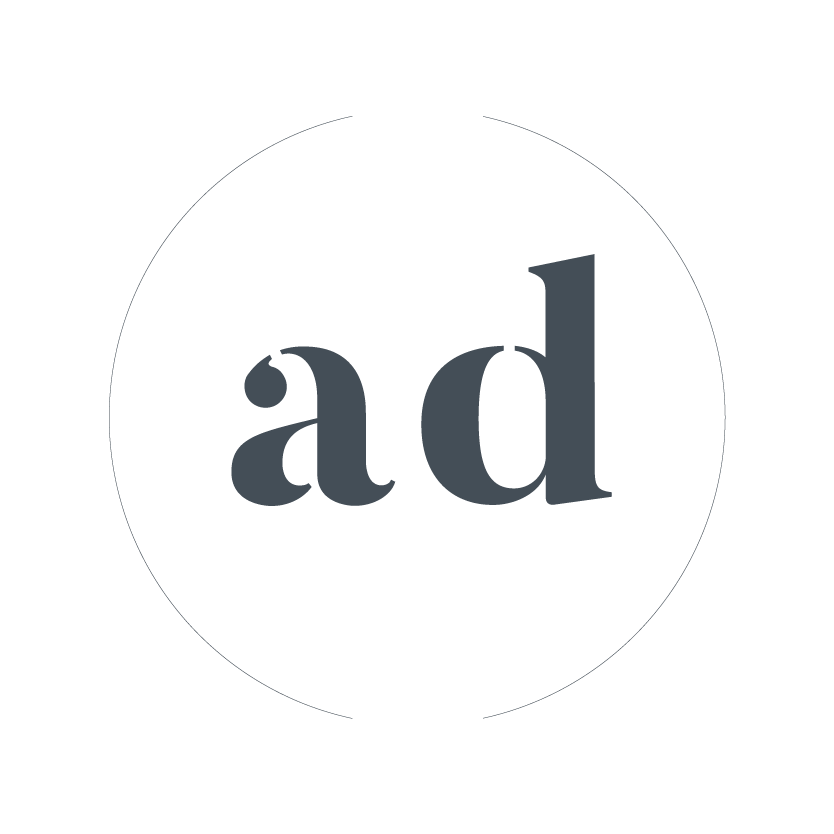Prescription Abandonment App
Many patients never pick up the medications their doctor prescribes for them, leaving $200 billion in unnecessary spending on the U.S. healthcare industry. This problem of prescription abandonment occurs for a multitude of reasons including cost, fearfulness of drug side effects, lack of understanding of the necessity of the drug, forgetting to pick up, and personal belief against taking the medication. I was tasked with “solving” this problem of prescription abandonment through the use of a mobile app. My supervisor presented me with this issue and gave me two weeks to build a working prototype in InVision to present to upper management.
Process
Given the short time frame to complete this project, I only spent two days researching prescription abandonment. I conducted online searches and an internal interview with a medical doctor at the company. See my research document here.
Following research, the marketing intern and I spent an entire weekend compiling the data and creating use cases, user stories, and user scenarios. See these here. We ended up with a flow chart that outlined the chain of actions and communication a user would make within the app.
We determined that by allowing patients to view their copay and patient information BEFORE it is sent to the pharmacy, they would be more likely to pick up their medication. By adding the patient as a middle-man in the doctor-pharmacy relationship, they are given more agency in their prescription order process.
Once the flow was tentatively set, I sketched, wireframed, and mocked up what the screens would look like. Each time I would check in with both the marketing intern and the graphic designer on my team for feedback and critique.
Once each screen was “finished” to the point where I could articulate to upper management why I made each design decision, I used InVision to bring it to life visually.
This problem of prescription abandonment occurs for a multitude of reasons including cost, fearfulness of drug side effects, lack of understanding of the necessity of the drug, forgetting to pick up, and personal belief against taking the medication.
My role
I worked as the sole UI/UX researcher/designer on the project, but a Marketing intern on my team helped with ideation and flow, and a Graphic Designer also on our team offered support for design.
Tools
I sketched by hand, then used Sketch to create wireframes and the mockups. I put the slides in InVision to create the click-through prototype.
Outcome
I completed the working prototype in the allotted two weeks time and presented it to my supervisor. Unfortunately, the app was never brought to fruition but was later reviewed as an idea in conjunction with a series of telemedicine apps that the company planned to roll out together.
In doing this project, I realized the company had no set system for how to create digital products. Given that new projects would continue to arise and different people could be on each one, I created an app ideation document that the company could use as a baseline for beginning any new digital platform.
And look! A video!
I created a video to articulate the flow and showcase the designs to leadership.






